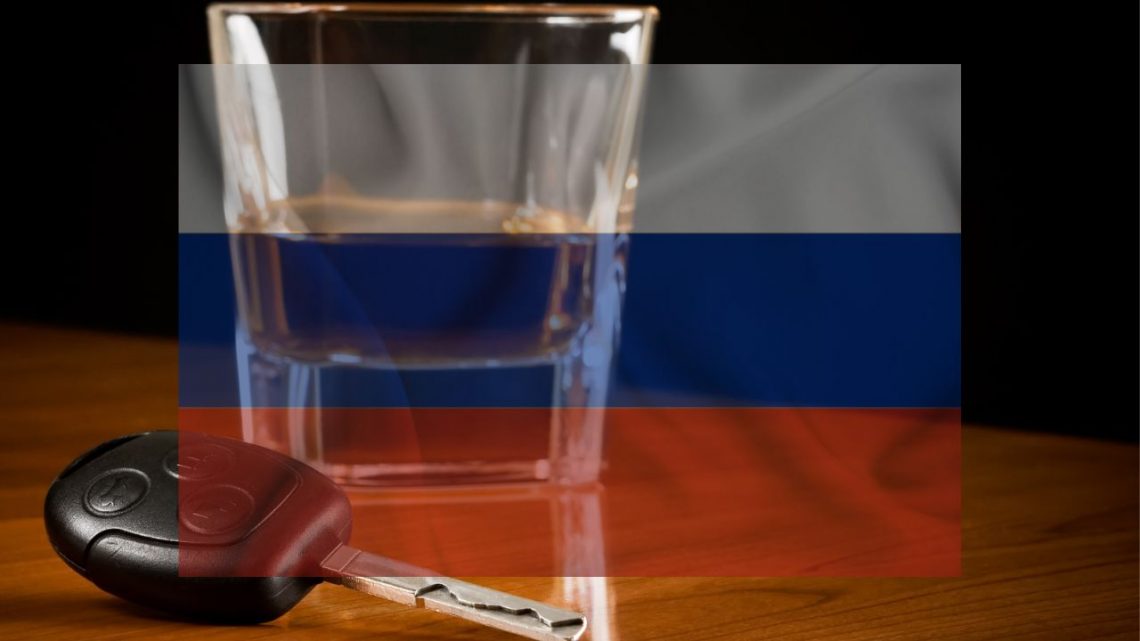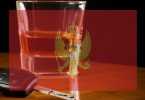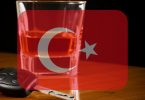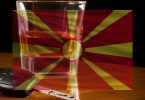In Russia, the legal limit for blood alcohol concentration (BAC) is set at 0.03%, or 0.3 grams per liter (g/L) of blood.
The goal of this post is to educate about the dangers and potential harm associated with driving under the influence of alcohol in Russia. This website neither endorses nor promotes driving while intoxicated.
What is the legal alcohol limit for driving in Russia?
In Russia, the legal alcohol limit for driving is uniformly enforced for all drivers, without exception. This limit is established at 0.03% blood alcohol concentration (BAC), equivalent to 0.3 grams of alcohol per liter of blood. This stringent regulation underscores Russia’s commitment to road safety, aiming to minimize alcohol-related accidents on its roads.
Drink and Drive Penalties and Punishments in Russia
In Russia, the legal framework governing the penalties for drunk driving is structured to reflect the gravity of the offense, with the aim of deterring such behavior and ensuring road safety. The severity of punishments varies based on the nature and consequences of the violation. It’s crucial for drivers to be aware of these penalties and to regularly consult the official country’s website for any updates or changes to the law. Below is an overview of the types of penalties imposed for drunk driving offenses:
- First Violation: Offenders are subject to a fine of 30,000 rubles and may be deprived of their driving rights for up to 2 years.
- Repeated Violation: This incurs criminal liability, a fine of up to 300,000 rubles, deprivation of driving rights for three years, correctional labor for up to 480 hours, or imprisonment for up to 2 years.
- Drunk Driving Without a License: The punishment varies depending on specific circumstances:
- If the driver forgot their license but possesses one, penalties are applied as per a standard violation.
- For those driving without ever having obtained a license, the consequences include arrest for up to 15 days or a fine of 30,000 rubles, with arrest being substituted for certain individuals (minors, disabled persons, mothers with a child, pregnant women).
- If the license was previously revoked for drunk driving, the offender faces criminal liability akin to that of a repeated violation.
- Accidents Caused by Drunk Driving: When a drunk driver is involved in an accident resulting in injury, the severity of penalties depends on the extent of injuries and the number of victims, ranging from penal colony sentences (up to 5 years) to imprisonment (up to 15 years).
Furthermore, Russia is considering the introduction of an additional fine for those caught drunk driving with children in the vehicle. The proposed fine is set at 50,000 rubles.
It’s imperative for drivers in Russia to stay informed about the legal consequences of drunk driving. Regularly checking the official country’s website will ensure that drivers are up-to-date with the latest regulations and penalties, promoting safer driving practices across the nation.
How Can I Calculate if My Alcohol Blood Limit is Legal in Russia?
In Russia, the enforcement agencies determine an individual’s blood alcohol concentration (BAC) level primarily through breathalyzer tests during roadside checks or blood tests for more accurate measurements. Understanding your BAC level is crucial to comply with Russia’s legal limit of 0.03%.
As a former phlebotomist with a decade of experience, I recommend the following methods to estimate your BAC level responsibly:
- Use a High-Quality Alcohol Breathalyzer: One of the most reliable tools for gauging your BAC level is the BACtrack S80 breathalyzer. This device is renowned for its professional-grade accuracy and comes with endorsements from the DOT & NHTSA, along with FDA 510(k) clearance. I strongly advise keeping one in your vehicle. It’s a common oversight in Russia to misjudge one’s BAC level, leading to impaired driving. The BACtrack S80 offers a practical way to make informed decisions before getting behind the wheel.
- Leverage a Professionally Developed BAC Calculator: Alongside other phlebotomists and with the support of web developers, I’ve helped create an online BAC calculator. This tool is designed to provide a rough estimate of your BAC level based on various factors such as your weight, the type and amount of alcohol consumed, and the time elapsed since drinking.
While neither method guarantees 100% accuracy, they serve as valuable resources to help you assess your ability to drive legally and safely in Russia. Utilizing these tools can significantly reduce the risk of drunk driving by offering a clearer picture of your BAC level in relation to the legal limit of 0.03%. Always err on the side of caution and consider alternative transportation options if there’s any doubt about your sobriety.
Ways to Avoid Driving with a High BAC in Russia
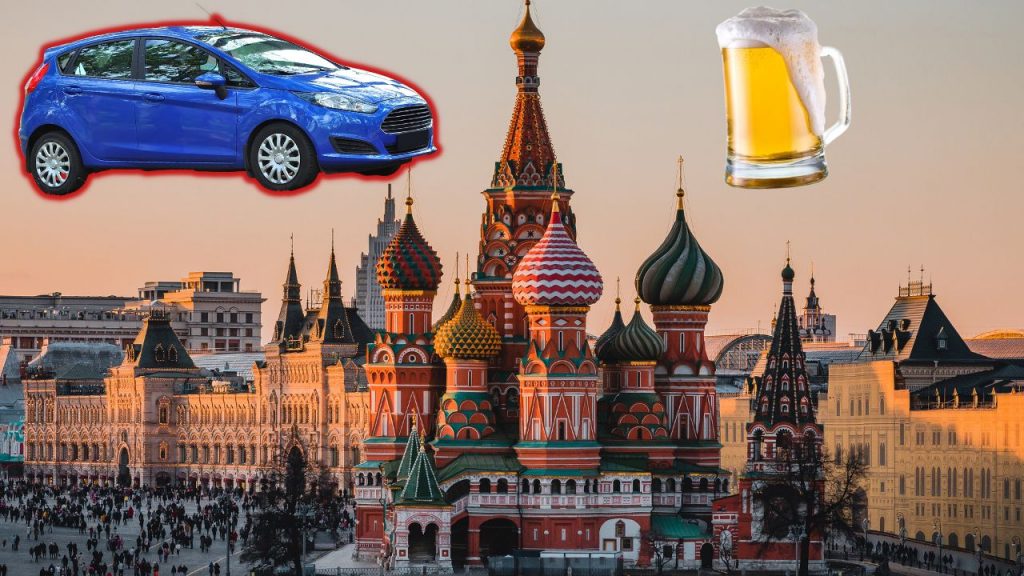
Driving under the influence of alcohol poses significant risks not only to the driver but also to pedestrians and other road users. In Russia, with strict drink-driving laws and a legal BAC limit of 0.03%, it’s essential to consider alternatives to driving after consuming alcohol. Here are practical recommendations to ensure you stay on the right side of the law and safeguard everyone’s safety:
- Leverage Taxi and Ride-Sharing Apps: One of the most convenient and reliable ways to avoid driving after drinking is to use taxi services or ride-sharing apps. In Russia, international apps like Uber provide a seamless way to book a ride home. For local options, Moscow’s Taxi Moscow and Saint Petersburg’s Airport Pulkovo Taxi and Transfers offer efficient services tailored to meet your transportation needs within these cities. These services are readily available and can be accessed with just a few taps on your smartphone, ensuring a safe journey home.
- Utilize Designated Driver Services: If you find yourself in a situation where you’ve driven to a location and consumed alcohol, it’s wise not to risk driving back. Instead, consider using a designated driver service. In Moscow, the Sober Driver Service is a popular choice, offering professional drivers who can drive you home in your own vehicle. Similarly, TaxovichkoF provides such services in Saint Petersburg. These services can be found by simply searching for “designated driver service” followed by your city’s name on Google. They are a fantastic option for those who prefer not to leave their cars behind and wish to avoid the dangers of drunk driving.
By opting for these alternatives, you not only ensure your safety and compliance with Russian laws but also contribute to the overall safety of the community. Remember, planning how to get home safely before drinking can make all the difference in avoiding the severe consequences associated with driving under the influence.
Sticking to Drink and Drive Laws in Russia: Sad Statistics
Alcohol plays a significant role in road fatalities in Russia, with data from 2016 showing that 22.9% of all traffic deaths involved alcohol. The importance of abstaining from drinking before driving cannot be overstated, as it endangers all road users.
If you’ve consumed alcohol and need to travel, it’s crucial to use alternative transportation methods, such as taxis or designated driver services. This approach not only ensures your safety but also helps you adhere to legal BAC limits and avoid the severe consequences of drunk driving.
For accurate monitoring of your blood alcohol content (BAC), using a certified breathalyzer before driving is advised. For comprehensive details on drink-driving laws and alcohol regulations in Russia, visiting the official country website is recommended.

